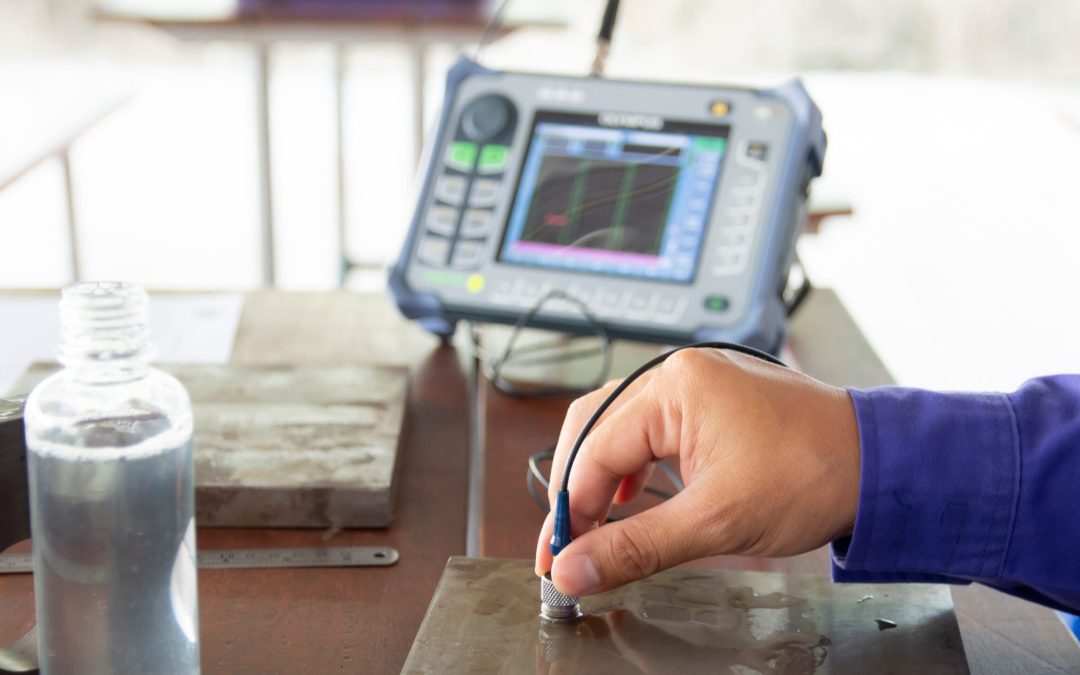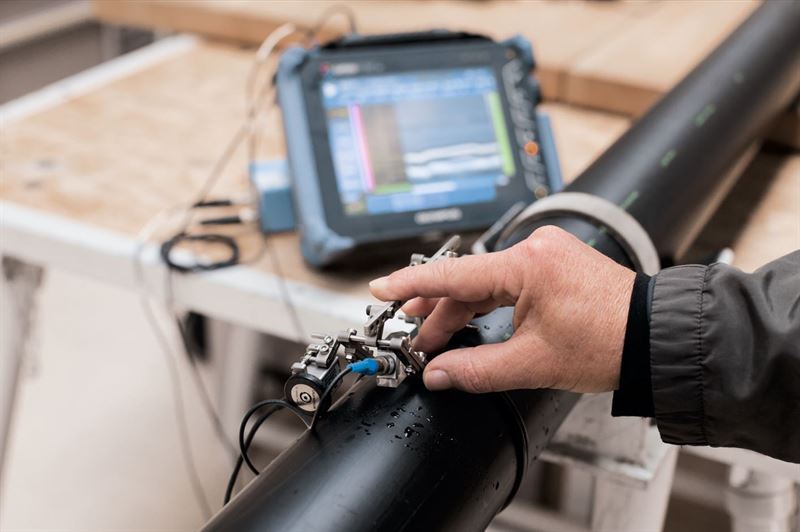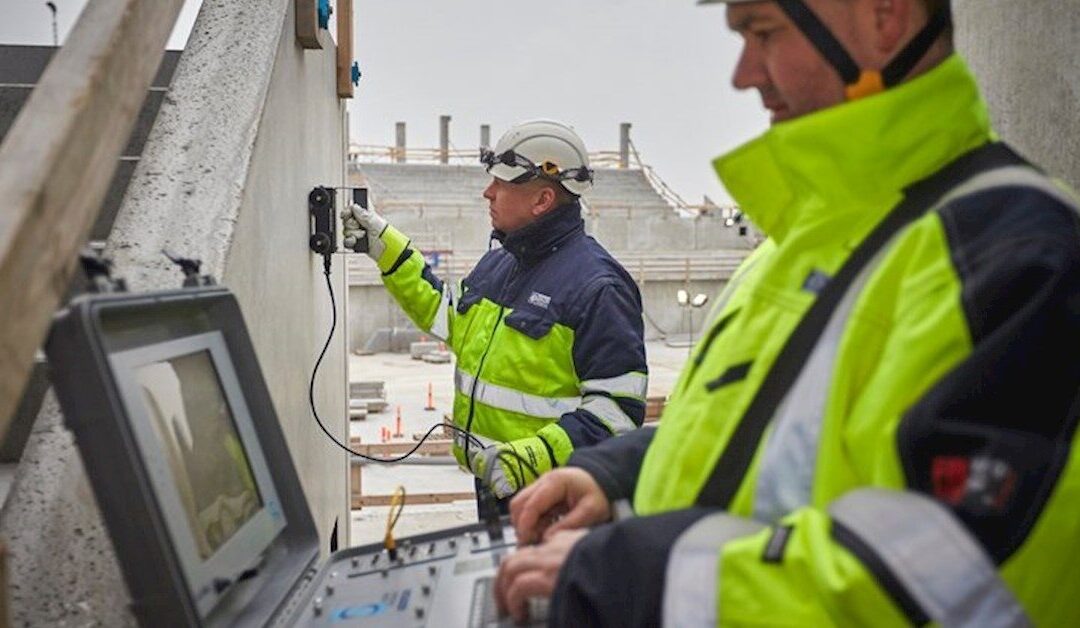The world of quality assurance is ever-evolving, with technology playing a pivotal role in ensuring precision and efficiency. One such technological advancement is the laser inspection synchronization techniques, a crucial method that enhances the accuracy and reliability of inspections. In this article, we’ll delve into the intricacies of these techniques and their significance in the industry.

Understanding Laser Inspection
Laser inspection involves using lasers to measure and assess the quality of various materials and components. This method is renowned for its precision, making it a staple in industries that demand high accuracy, such as aerospace, automotive, and manufacturing.
The Importance of Synchronization
While laser inspection provides precise measurements, synchronization is essential to ensure these measurements are accurate and consistent. By synchronizing the inspection process, potential discrepancies are minimized, leading to more reliable results.
Why Synchronization Matters
Synchronization ensures that the laser inspection process is aligned with the movement and position of the object being inspected. This alignment is crucial for obtaining accurate measurements, especially when dealing with high-speed production lines.
Components of Synchronization
Synchronization in laser inspection involves several components, including timing mechanisms, sensors, and software algorithms. These components work together to ensure that the laser accurately tracks and measures the object.
Techniques for Effective Synchronization
Several techniques can be employed to enhance the synchronization of laser inspections. These techniques ensure that the inspection process is seamless and accurate.
Software Integration
Integrating advanced software solutions can significantly improve synchronization. These software systems analyze data in real-time, adjusting the laser’s position and timing to ensure precise measurements.
Hardware Calibration
Regular calibration of the hardware components is essential to maintain synchronization. Calibration ensures that the laser and sensors are functioning correctly, reducing the risk of errors.
Utilizing Advanced Sensors
Advanced sensors play a crucial role in synchronization. They detect the position and movement of the object, allowing the laser to adjust its measurements accordingly.
Benefits of Laser Inspection Synchronization
Employing synchronization techniques in laser inspections offers numerous benefits, enhancing the overall inspection process.
Increased Accuracy
Synchronization minimizes errors, ensuring that measurements are accurate and reliable. This accuracy is vital in industries where precision is paramount.
Improved Efficiency
By streamlining the inspection process, synchronization enhances efficiency, reducing the time and resources required for inspections.
Cost-Effectiveness
Accurate inspections lead to fewer defects and reworks, saving costs associated with material waste and production delays.
Challenges in Synchronization
Despite its advantages, achieving perfect synchronization in laser inspections can be challenging. Understanding these challenges is crucial for implementing effective solutions.
Technical Limitations
Technical limitations, such as hardware compatibility and software constraints, can hinder synchronization efforts.
Environmental Factors
Environmental factors, including temperature and humidity, can affect the performance of laser inspection systems, impacting synchronization.
Human Error
Human error, such as incorrect calibration or data entry, can lead to synchronization issues, affecting the accuracy of inspections.
Future of Laser Inspection Synchronization
The future of laser inspection synchronization looks promising, with advancements in technology paving the way for more precise and efficient inspections.
Emerging Technologies
Emerging technologies, such as artificial intelligence and machine learning, are set to revolutionize synchronization, offering smarter and more adaptive solutions.
Industry Trends
Industry trends indicate a growing demand for synchronized inspection systems, driven by the need for improved quality and efficiency in production processes.
Innovative Solutions
Innovative solutions, such as automation and IoT integration, are enhancing synchronization, offering real-time monitoring and adjustments.
Conclusion
In conclusion, laser inspection synchronization techniques are integral to achieving accurate and efficient inspections. By understanding and implementing these techniques, industries can enhance their quality assurance processes, ensuring the delivery of high-quality products. For more insights into synchronization and its impact on inspection accuracy, visit synchronization improves inspection accuracy.

FAQ
What is laser inspection synchronization?
Laser inspection synchronization involves aligning the timing and movement of the laser with the object being inspected to ensure accurate measurements.
How does synchronization improve inspection accuracy?
Synchronization reduces discrepancies and errors in measurements, leading to more reliable and accurate inspection results.
What are the challenges in achieving synchronization?
Challenges include technical limitations, environmental factors, and human error, which can affect the performance of synchronized inspection systems.
This article contains affiliate links. We may earn a commission at no extra cost to you.
